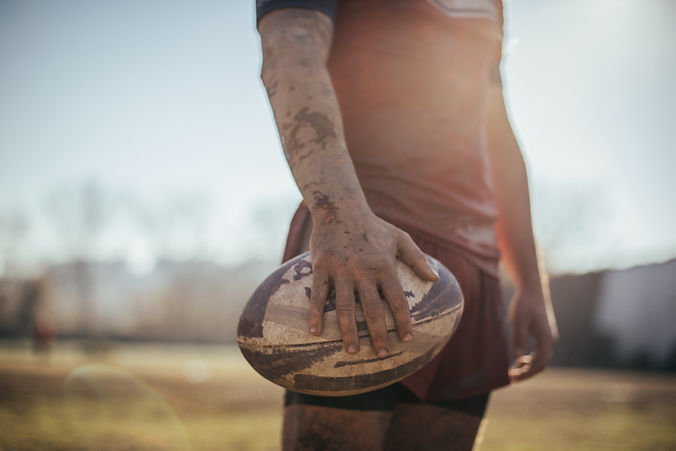
Sports Psychology
Sports psychology is a field that focuses on the mental and emotional aspects of sports and exercise. It explores how psychological factors influence performance and how participation in sports can affect mental well. Techniques such as visualization, goal setting, and relaxation strategies are used to help athletes enhance their performance, overcome challenges, and maintain positive mindset. By understanding the mental game, athletes can improve both their skills and their overall enjoyment of the sport.
Ways we can help Athlete maximise potential
1. Identifying Distractions
-
Assessment: Analyse what distracts the athlete (internal distractions like anxiety or external distractions like noise).
-
Awareness Training: Help athletes recognise their focus lapses and triggers.
Example: Analysing video recordings of games to pinpoint moments when focus breaks.
2. Mental Skills Training
-
Mindfulness: Teach athletes to stay present and fully engaged in the moment.
-
Concentration Drills: Use activities that challenge athletes to sustain attention, such as focusing on a specific task for increasing durations.
Example: Breathing exercises combined with guided imagery of performance moments.
3. Goal Setting
-
SMART Goals: Help athletes set specific, measurable, achievable, relevant, and time-bound goals.
-
Process Focus: Shift attention from outcomes (winning) to controllable processes (technique, effort).
Example: A swimmer focusing on the form of each stroke rather than their race time.
4. Routine Development
-
Pre-Performance Routines: Create consistent habits to cue focus before and during competition.
-
Reset Routines: Teach quick rituals (e.g., deep breaths, mantras) to regain focus after distractions.
Example: A basketball player practising the same free-throw routine every time.
5. Visualisation and Imagery
-
Mental Rehearsal: Teach athletes to vividly imagine performing well under various scenarios.
-
Focus Points: Encourage imagery of specific, success-critical actions.
Example: A golfer visualising the trajectory of the ball before swinging.
6. Attentional Control
-
Shifting Attention: Train athletes to toggle between broad (game strategy) and narrow (specific tasks) focus.
-
Attention Cues: Use verbal or physical triggers to remind the athlete to focus.
Example: A sprinter using a keyword like "explode" as they leave the blocks.
7. Emotional Regulation
-
Stress Management: Teach coping skills for pressure and anxiety to prevent focus interference.
-
Positive Self-Talk: Replace negative thoughts with affirmations or constructive reminders.
Example: A tennis player repeating, “Calm and steady,” during a high-pressure match.
8. Biofeedback and Technology
-
Use tools like heart rate monitors or neurofeedback to help athletes regulate their arousal levels and maintain focus.
Example: Tracking heart rate variability to identify optimal focus zones.
9. Environmental Adjustments
-
Practice Conditions: Simulate game-like distractions in practice to build resilience.
-
Minimising Distractions: Help manage off-field stressors (family issues, team conflicts).
Example: A cyclist practising with crowd noise to prepare for a high-stakes race.
10. Individualised Strategies
-
Recognise that every athlete is different; tailor focus training to their personality, sport demands, and personal preferences.
Example: A creative, intuitive athlete may benefit from looser visualisation strategies, while a detail-oriented athlete might thrive on structured routines.


